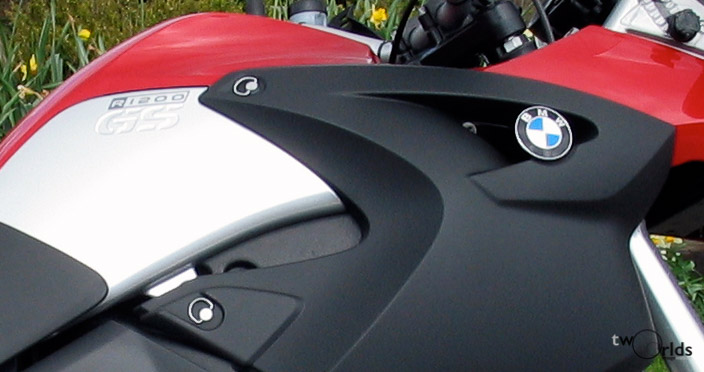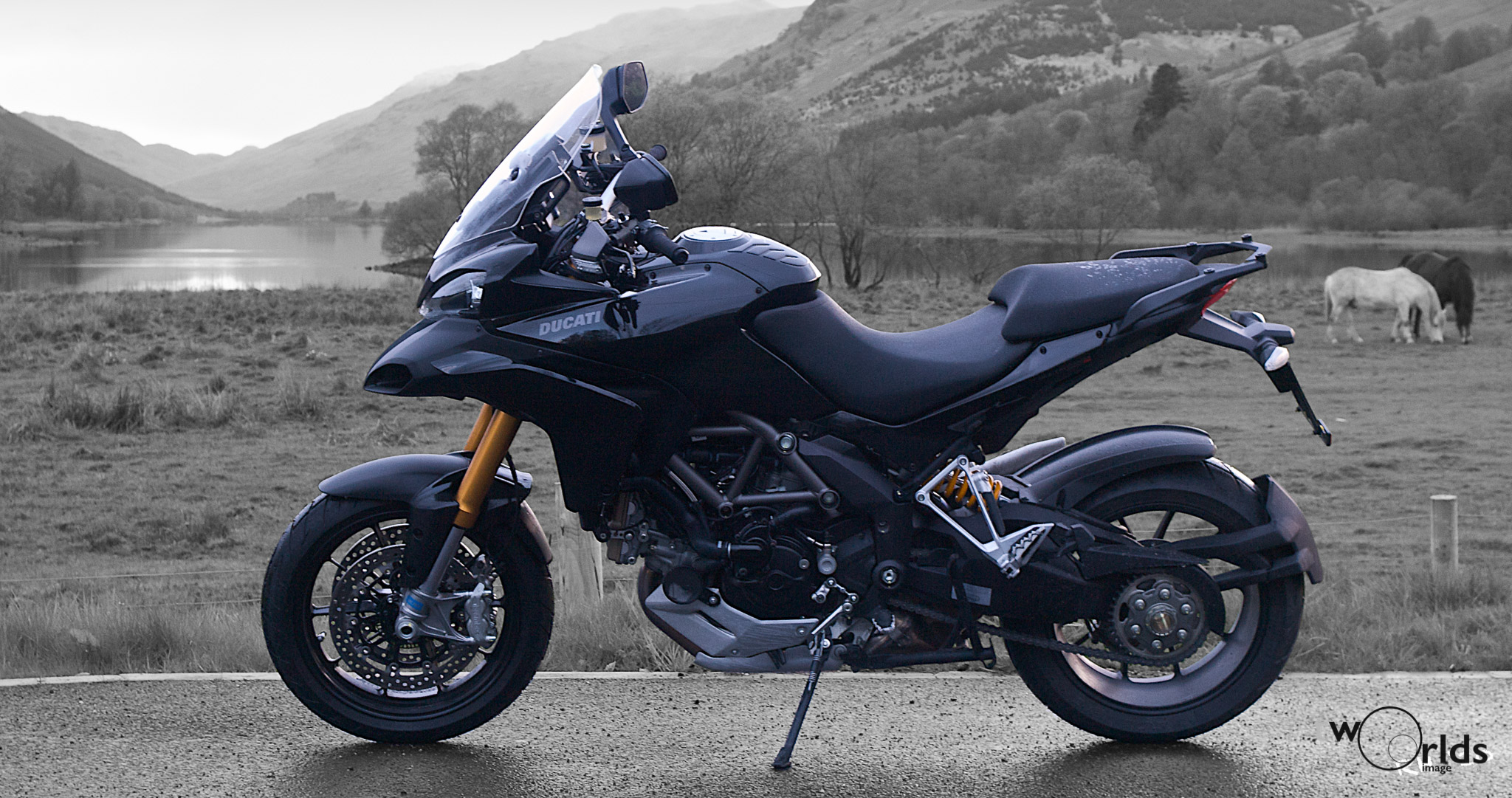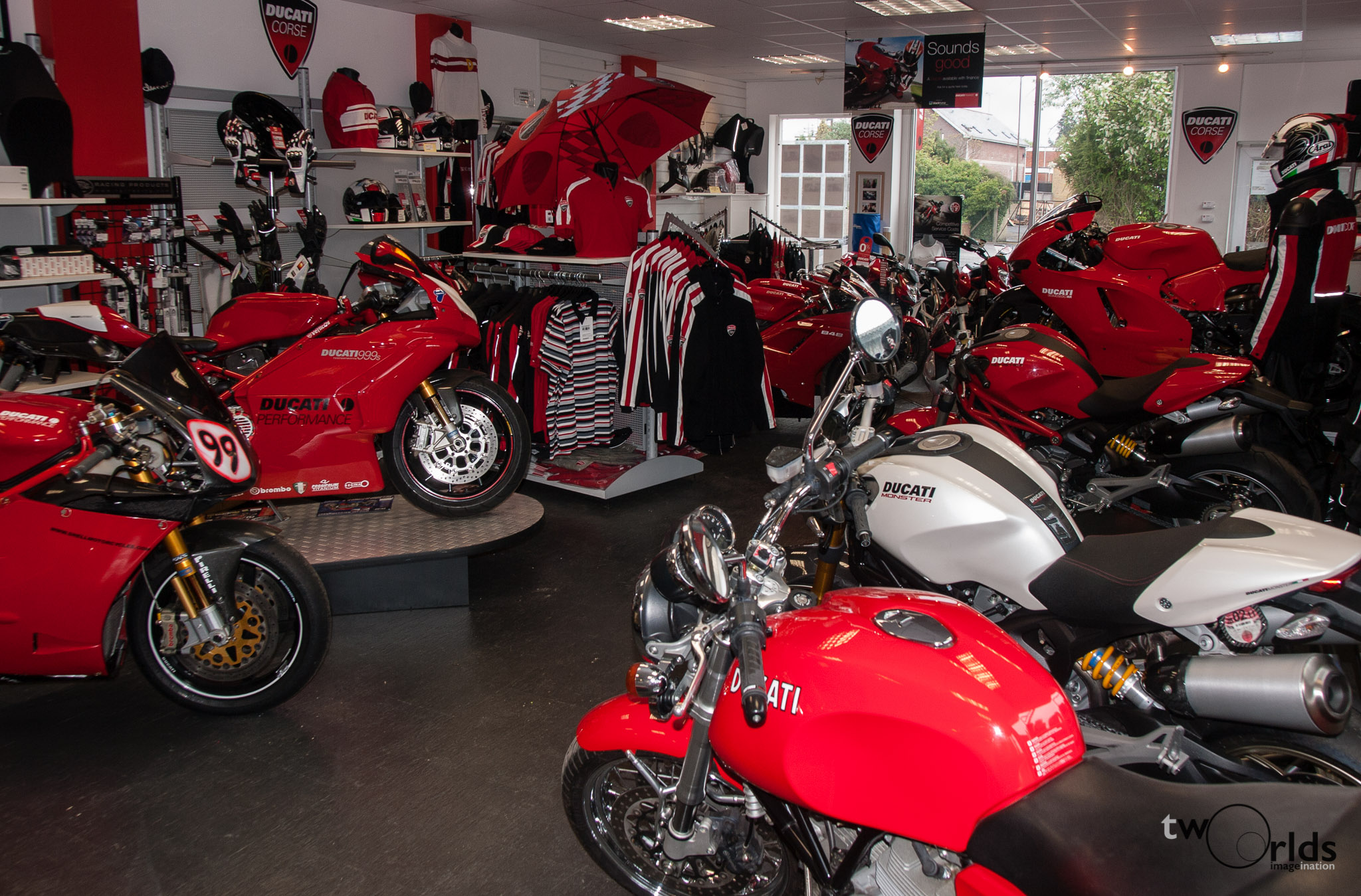Nothing’s perfect and any new product is going to have its share of things that either need fixing for existing customers or improving for future versions — the test for the manufacturer being how openly and clearly they respond to problems. The Multistrada is no exception here, so herewith my nags and niggles for Ducati:
- The Pannier Lids: While the panniers are well designed for the most part (particularly the handles and locks), it’s mildly annoying that the cutout for the exhaust in the right pannier prevents it from taking a full-face lid (something fixed by the optional wider lids). What’s a lot more annoying is that the lids themselves are, frankly, pants: there’s a 3-4mm gap twixt lid and body at the front, into which the rain does pour. Not good, but Ducati have acknowledged the problem and claim to be working on a fix.
- The Centre Stand. Presumably in an attempt to provide the maximum leverage for getting a fully-laden ‘Strada onto the stand, Ducati have made the stand’s arm far too long: it fouls the rider’s left foot and pushes the stand down, causing it to ground out far too early. And, if you’re like me and ride with the balls of your feet on the pegs, as the pace rises and you put more weight on your feet, the stand gets pushed down further and grounds out more readily the faster you go. Not a good combination. Again, an acknowledged problem and we’re waiting for a fix.
- The Termignoni Carbon Slip-On Exhaust (official Ducati accessory): The heat shield for this bulges out so much that it’s impossible to place your right foot properly on the footrest. It also fouls the centrestand spring, pushing the stand down and causing it to bounce against the bike when riding. Ducati have already issued a redesigned replacement heat shield and I’m just waiting for mine to arrive.
- Low-rpm surging: I’ve mentioned this above and some bikes seem to suffer more than others. I’ve not been particularly plagued by this, but there is a new software map to install, so at least some attempt has been made to address this.
- Pillion Position: this gives me an occasional speed-related pain in the kidneys. Nothing to do with the comfort but with the fact that the step up to the passenger perch means that my beloved can easily see the speedo. Ignorance used to be bliss…
And that’s about it: the encouraging thing being that all real problems have been acknowledged by Ducati, so we’ll wait and see what they actually do about it. There are a couple of other warranty tweaks to be done, but nothing that’s affecting the use or ability of the machine.





Recent Comments